Air Cooling vs. Liquid Cooling: The Role of Efficient Cooling in Data Centres

In a world increasingly driven by cloud computing and big data, efficient cooling has become critical for data centres. Without proper temperature regulation, the excess heat generated by high-performance systems can lead to costly equipment failures. In fact, overheating can result in financial losses amounting to millions.
This article will compare two primary cooling techniques, air cooling and liquid cooling, exploring their respective advantages, limitations, and the ideal environments for each. Let’s dive into the importance of precision cooling and its role in maintaining the reliability of modern data centres.
Why Compare Air Cooling and Liquid Cooling for Data Centres?
When deciding between air and liquid cooling, the choice often hinges on factors like cost, performance, and the scale of your data centre. For smaller data centres or businesses with limited budgets, air cooling might be a cost-effective solution that provides adequate performance. In contrast, larger hyperscale providers or organisations dealing with high-density workloads may turn to liquid cooling for its superior efficiency and cooling capacity. Understanding these distinctions will help you make an informed decision based on your specific needs.
The Fundamentals of Air Cooling and Liquid Cooling in Data Centres
The Consequences of Inadequate Cooling in Data Centres
Inadequate cooling in data centres can have far-reaching consequences. As the temperature rises beyond optimal levels, the impact on operations becomes increasingly severe. From equipment failure to excessive energy consumption, the risks associated with faulty cooling systems should not be underestimated. Be aware of these potential issues:
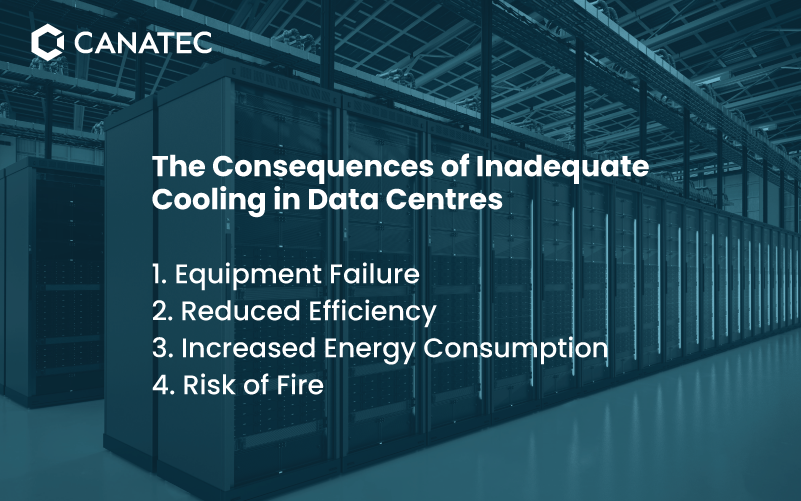
<1. Equipment Failure
High temperatures can accelerate the degradation of key components such as servers, storage devices, and networking equipment. Prolonged exposure to heat can cause these components to malfunction or fail prematurely, leading to costly repairs or replacements. This not only results in downtime but also risks data loss, which can have catastrophic effects on business continuity and reputation.
2. Reduced Efficiency
Overheating directly impacts the performance and efficiency of equipment. As servers struggle to operate in higher temperatures, they may need to consume more power to maintain performance, thereby generating even more heat. This vicious cycle of inefficiency eventually causes longer response times and diminished throughput.
3. Increased Energy Consumption
When cooling systems fail to regulate temperatures, they are forced to work harder, driving up energy consumption. The additional strain on cooling equipment not only drives up operational costs but also increases carbon footprint. For data centres already operating at scale, these greater energy demands can translate into substantial long-term financial and environmental costs. The condition makes it crucial to adopt energy-efficient cooling solutions.
4. Risk of Fire
Excessive heat in data centres poses a significant fire risk. Overheated components and wiring raise the likelihood of sparks and short circuits, potentially leading to a devastating fire. This can severely damage expensive equipment, disrupt operations, and even endanger personnel. Therefore, preventing overheating is not just a matter of operational efficiency, but also a safety concern for data centres.
How Air Cooling Works in Data Centres
While traditional air cooling in data centres seems simple, it involves a comprehensive system to maintain optimal operating temperatures for sensitive equipment. Air cooling systems remain one of the most widely used methods due to their reliability and cost-effectiveness. Here’s an in-depth look at how air cooling infrastructure works in data centres:
1. Traditional Air Cooling: The Circulation Cycle
The core of traditional air cooling lies in a continuous cycle of air circulation driven by powerful fans. This system can be broken down into key stages:
-
Airflow Mechanism
Cool air is drawn from the environment and channelled through raised floor or ductwork to targeted areas, such as server racks. This ensures the effective distribution of the cool air when it is needed.
-
Heat Dissipation
As the cool air flows through server racks, it absorbs the heat generated by the equipment. The warmed air is then expelled either back into the system for re-cooling or directed to external cooling units.
-
Preventing Overheating
The system consistently circulates cool air and removes warm air to prevent hot spots. Without prompt rectification, these spots may damage sensitive equipment or disrupt operations.
This continuous loop of intake, distribution, absorption, and exhaust ensures a constant flow of cool air. It can prevent heat buildup and stabilise operating temperatures.
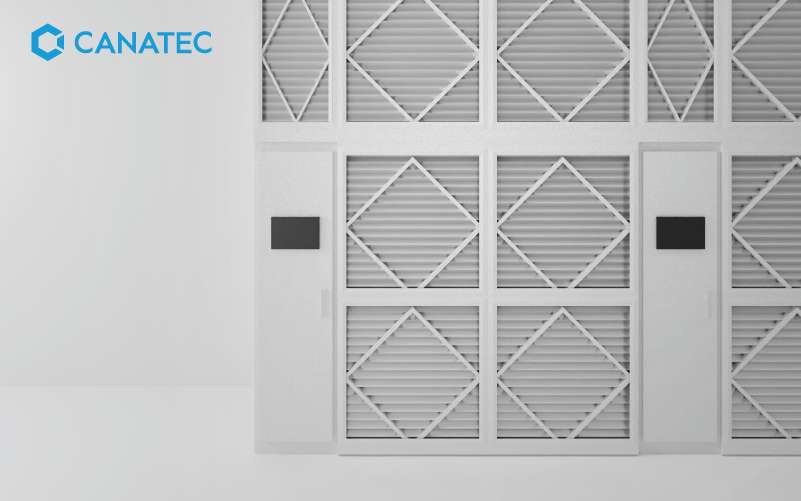
2. The Critical Role of Air Circulation: Beyond Simple Cooling
Effective heat dissipation within data centres is predicated on adequate air circulation. In its absence, the heat generated by servers accumulates rapidly, with concomitant reductions in efficiency and increased risk of system failure.
-
Heat Transfer Process
As cool air passes over server components, it absorbs heat from the hardware. This warmed air is then swiftly removed from the area to prevent temperature build-up.
-
Continuous Flow
A consistent air flow ensures that heat is not trapped around critical equipment. This not only protects the hardware but also maintains a stable operating environment for peak performance.
-
Energy Efficiency
Effective air circulation reduces the workload on cooling units by optimising the heat transfer process. This contributes to energy savings and lowers operational costs.
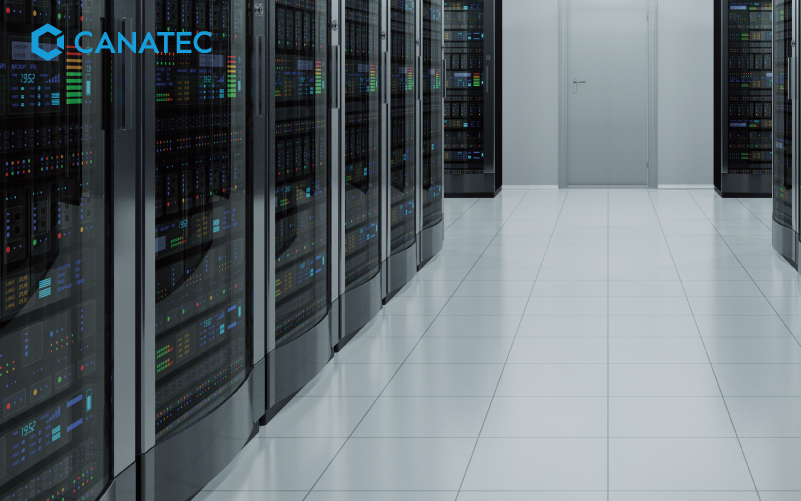
Air Cooling System: Why Is It Essential for Data Centres?
As the backbone of modern technology, data centres host IT equipment that powers countless applications and services. These systems generate significant heat that may undermine the overall performance if mishandled. In this section, we will take a closer look at why air cooling systems are essential for data centres:
1. Managing Excessive Heat
Data centres operate around the clock, with servers, storage units, and networking equipment continuously processing vast amounts of data. This constant activity generates intense heat, which requires effective management to prevent issues. When temperatures rise excessively, it can result in what is commonly known as “fatal heat.”
Excessive heat accelerates wear and tear on sensitive components, shortening their lifespan and increasing the likelihood of sudden failures. To prevent overheating, air cooling systems help to circulate cool air throughout the facility, effectively maintaining safe operating temperatures for all equipment.
2. Protecting Equipment Performance
The performance and reliability of IT equipment rely on keeping precise temperature and humidity levels. Air cooling systems regulate temperatures to prevent malfunctions and slowdowns caused by overheating. In addition, they also manage humidity to avoid condensation and static electricity. By creating a stable environment, these systems ensure that servers and other equipment operate at peak efficiency, reducing downtime and minimising disruptions.
3. Maintaining Data Integrity
Overheated equipment is more likely to crash, increasing the risk of data loss or corruption. Air cooling systems mitigate this risk by maintaining consistent uptime for constant data reliability. By preventing temperature fluctuations, these systems safeguard the infrastructure that supports data processing, storage, and transmission, guaranteeing long-term reliability. Additionally, efficient cooling protects significant IT investments by extending the lifespan of critical equipment and maintaining overall system integrity.
How Liquid Cooling Works in Data Centres
As data centres strive to meet increasing performance demands, traditional air cooling systems often struggle to keep up with the heat generated by high-density equipment. Liquid cooling systems have emerged as a powerful alternative, offering a more efficient method of temperature regulation. They leverage the superior thermal conductivity of liquids to provide precise and effective cooling, ensuring the longevity of critical IT infrastructure.
Liquid Cooling Process: A Step-by-Step Overview
1. Heat Transfer
The process begins with a liquid-cooled heatsink, which is attached to the CPU or other heat-generating components using thermal paste. This paste enhances the heat transfer from the component to the heatsink. The heatsink is integrated into a water block that contains a specially formulated coolant.
2. Coolant Absorption
As the coolant flows through the water block, it absorbs the heat generated by the equipment. This step is important to prevent the accumulation of heat that may otherwise damage sensitive components.
3. Heat Transport
Once the coolant has absorbed the heat, it travels through a network of tubes to a heat exchanger. This stage allows the heat to be transported away from the equipment, maintaining a stable operating temperature.
4. Cooling via Radiator
In the heat exchanger, the heat absorbed by the coolant is transferred to a secondary medium. Depending on the system design, the medium can be chilled water, ambient air, or other substances. Radiators or cooling towers may be used to dissipate the heat effectively, ensuring the coolant is ready for reuse.
5. Coolant Cycle
After releasing its heat, the coolant is cooled down and re-circulated back into the heatsink to absorb more heat. This continuous cycle ensures consistent and efficient temperature regulation, even in high-demand environments.
Advantages of Liquid Cooling
Liquid cooling offers a highly efficient solution for managing the intense heat generated by modern IT equipment, crucial for effective data centre thermal management. It enables efficiency gains by maintaining lower temperatures for components like CPUs and GPUs. This ensures that they perform at their best without needing to throttle performance to prevent overheating. The superior heat transfer capabilities of liquid cooling systems allow data centres to handle higher thermal loads with significantly lower energy consumption.
Additionally, precision cooling systems like liquid cooling can support denser server configurations, saving valuable floor space while maintaining precise temperature control. By reducing the reliance on large fans and extensive ductwork, these systems operate more quietly and consume less energy. This translates into operational cost savings for businesses and a more efficient server room cooling solution.
Beyond performance, liquid cooling supports businesses’ sustainability goals. Designed to operate efficiently with varying power inputs, liquid cooling systems are highly compatible with renewable energy sources such as solar or wind power. Their lower energy consumption compared to traditional air cooling systems means they require less overall power, making them a more energy-efficient data centre cooling solution. As a scalable and reliable technology, liquid cooling represents a major advancement in server room cooling infrastructure.
Performance Comparison: Air Cooling vs. Liquid Cooling
Comparing Liquid Cooling and Air Cooling
After exploring the fundamentals of both air and liquid cooling systems, it’s crucial to delve into a performance comparison between them. Understanding their respective strengths and weaknesses in various data centre environments can help businesses make informed decisions on the best cooling solution.
1. Efficiency in High-Density Environments
One key advantage of liquid cooling is its ability to efficiently manage high heat loads, especially in high-density server environments. Liquid cooling can effectively dissipate heat without compromising space. This allows for more compact server configurations, helping businesses to maximise floor space and maintain optimal temperatures.
In contrast, air cooling systems may struggle to maintain efficiency in such environments. As the number of servers and equipment in a given space increases, the amount of heat produced also rises. This makes it harder for cooling air to reach all areas of the server racks, leading to hot spots where the temperature exceeds optimal levels. This inefficiency not only raises energy consumption but also reduces overall performance.
2. Energy Consumption and Sustainability
Liquid cooling systems are generally more energy efficient. They require less energy to maintain optimal temperatures. This reduced energy demand contributes to a smaller carbon footprint, supporting sustainability goals.
On the other hand, air cooling systems require more energy to maintain temperature control, particularly in larger or denser data centres. The need for large fans, extensive ductwork, and constant air circulation drives up energy consumption. As a result, air cooling systems can be less sustainable and more expensive to operate, especially as data centres expand.
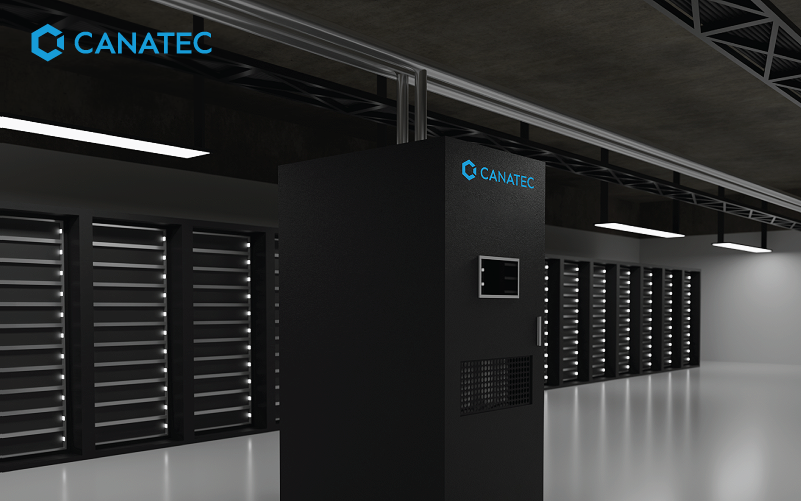
3. Price
Air cooling systems are typically more affordable due to their simpler design and operation. The components, such as fans, ducts, and filters, are less expensive than those required for liquid cooling systems. For smaller data centres or those with limited budgets, air cooling systems are a more cost-effective option.
Meanwhile, liquid cooling systems tend to involve higher upfront costs due to the more complex infrastructure and components. However, the initial investment is often offset by long-term energy savings and improved cooling efficiency. Businesses also benefit from the greater customisation of liquid cooling systems. This makes them a more flexible and future-proof choice for high-performance computing environments.
Choosing the Right Cooling System for Your Data Centre
Having examined the efficiency, energy consumption, and sustainability of liquid and air cooling, several key factors must be considered when choosing a data centre cooling solution. We will determine how each of the following factors influences the decision.
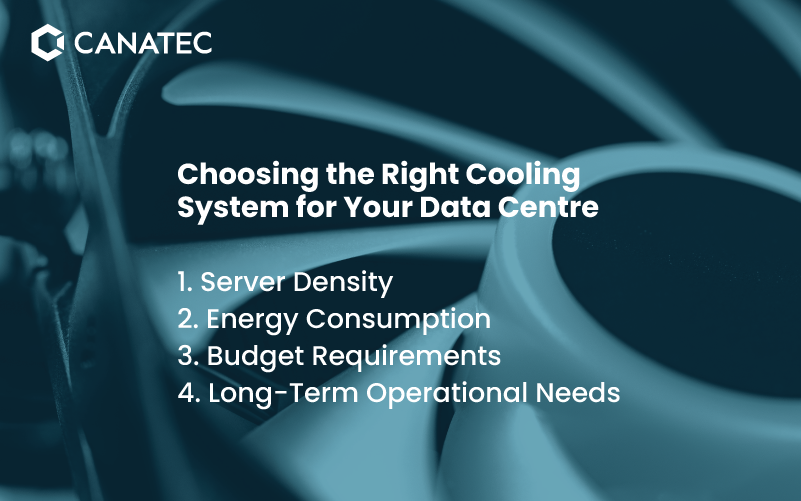
1. Server Density
High-density server configurations, where servers are tightly packed together, generate significantly more heat. In such environments, efficient cooling becomes vital to prevent overheating and ensure optimal performance. In this case, liquid cooling is particularly well-suited as it can manage larger heat loads more effectively than air cooling. By directly absorbing and transferring heat away from the equipment, liquid cooling keeps even the most densely packed servers within safe temperature ranges.
2. Energy Consumption
Energy consumption is a key consideration in data centre operations. Air cooling systems may consume more energy due to the need for large fans and extensive ductwork to circulate air. The energy usage is even more in dense server configurations.
Liquid cooling systems, on the other hand, are a more sustainable option in the long run. They transfer heat more effectively and require less power to maintain optimal temperatures. This reduces operational costs and carbon footprint in data centres.
3. Budget
When considering the budget, air cooling systems can be more affordable upfront. Their simpler design and fewer components make them an attractive option for smaller data centres or those with budget constraints.
On the flip side, liquid cooling systems require a higher initial investment due to a more complex infrastructure. Despite the higher upfront costs, liquid cooling offers significant long-term savings in energy efficiency and space utilisation. By reducing energy consumption and allowing for denser server configurations, these cooling systems can provide a return on investment over time.
4. Long-Term Operational Needs
As data centres grow and evolve, their cooling needs may change. Liquid cooling systems offer greater scalability and flexibility, making them an ideal solution for future expansion or server configurations.
 In high-density environments where server racks are packed closely together, liquid cooling can efficiently manage increased heat loads without compromising performance. If the number of servers or the complexity of configurations increases, these cooling systems can be flexibly expanded or adjusted to accommodate changes.
In high-density environments where server racks are packed closely together, liquid cooling can efficiently manage increased heat loads without compromising performance. If the number of servers or the complexity of configurations increases, these cooling systems can be flexibly expanded or adjusted to accommodate changes.
When it comes to air cooling systems, the efficiency may diminish. In denser configurations, the large fans used in the systems push air through tightly packed racks and potentially compromise airflow. This inefficiency results in hotspots, increasing the risk of overheating and reducing overall system performance.
Frequently Asked Questions
1. Can I use both air and liquid cooling in the same data centre?
Yes, hybrid cooling systems are possible. Some data centres use air cooling in lower-density areas and liquid cooling in high-density sections.
2. How does cooling impact the reliability of my data centre?
Effective cooling enhances the reliability and longevity of your infrastructure, ultimately contributing to higher uptime and better performance.
3. Can liquid cooling be used in small to medium-sized data centres?
Yes, liquid cooling is suitable for data centres of all sizes. While it is particularly beneficial for high-density environments, even smaller data centres with moderate heat loads can benefit from its energy efficiency, quieter operation, and long-term cost savings.
Conclusion
Selecting the appropriate cooling solution for your data centre is critical to ensuring optimal performance, energy efficiency, and long-term reliability. Whether you opt for air cooling or liquid cooling, understanding your specific needs and the scale of your operations is key to making the right choice.
Decision Framework:
– Small to medium data centres may benefit from air cooling due to its lower initial cost and ease of installation.
– Larger, high-density facilities or those with significant cooling demands might find liquid cooling more effective for efficient thermal management, space-saving, and reduced operational costs.
If you’re unsure about the best cooling system for your data centre, it’s time to speak with an expert.
Get in touch with a Canatec cooling solutions expert today to discuss how we can help optimise your data centre’s efficiency with tailored, scalable cooling solutions.
Looking ahead, emerging technologies such as immersion cooling offer exciting possibilities for the future of precision cooling. Stay informed about the latest trends in cooling technology to ensure your data centre remains at the forefront of innovation.
Contact us and we will help identify the most suitable approach for your specific needs.
